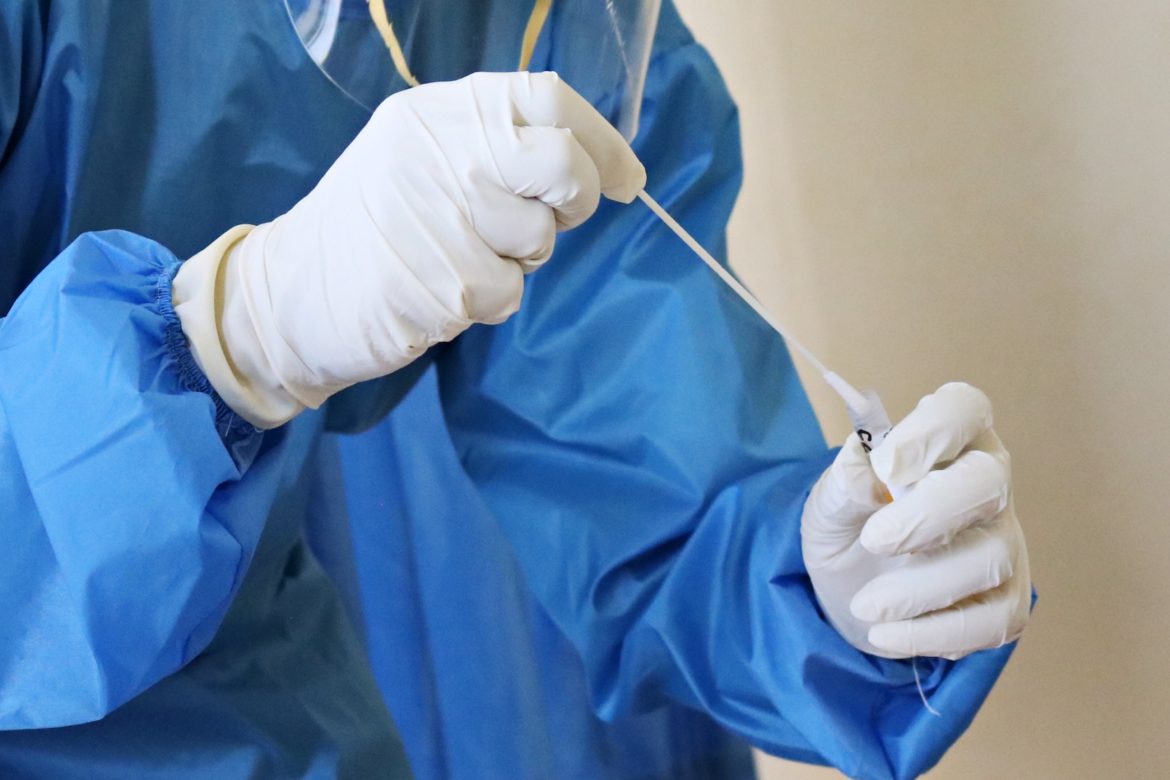Vincenzo D. Palumbo, Marianna Messina
Summary
In the last few months, approximately 28,000,000 surgeries have been postponed, in order to allow healthcare personnel to face the most critical phase of the Covid-19 pandemic. Over 70 male patients are more prone to develop complications after major surgery procedures (neurosurgery, thoracic and abdominal surgery, emergency surgery, followed by all oncological procedures). To date, there is a debate about the possibility to prioritize surgery (with the risks that could follow) or recovery from Covid-19. In the time of Covid-19 pandemic, it is appropriate to consider each patient as a possible infected and take all the necessary precautionary measures, starting from the preoperative screening up to the use of all personal protective equipment. Modification of the checklists and implementation of practical activities aimed to reduce contacts can be considered as an easily attainable and positive step in the direction of improving safety for the operating room healthcare workers caring for patients and patients undergoing surgery.
References
1. COVIDSurg Collaborative. Elective surgery cancellations due to the COVID-19 pandemic: global predictive modeling to inform surgical recovery plans. Br J Surg 2020;107:1440-1449.
2. COVIDSurg Collaborative. Mortality and pulmonary complications in patients undergoing Available online at https://www.iemest.eu/life-safety-and-security/ February 2021 | Volume 9 | ISSUE 1| ©LIFE SAFETY AND SECURITY ISSN: 2283-7604| DOI: 10.12882/2283-7604.2021.9.1 214 surgery with perioperative SARS-CoV-2 infection: an international cohort study. Lancet 2020;396:27-38.
3. Coccolini F, Perrone G, Chiarugi M, Di Marzo F, Ansaloni L, Scandroglio I, Marini P, Zago M, De Paolis P, Forfori F, Agresta F, Puzziello A, D’Ugo D, Bignami E, Bellini V, Vitali P, Petrini F, Pifferi B, Corradi F, Tarasconi A, Pattonieri V, Bonati E, Tritapepe L, Agnoletti V, Corbella D, Sartelli M, Catena F. Surgery in COVID-19 patients: operational directives. World J Emerg Surg 2020;15:25.
4. Correia MITD, Ramos RF, Bahten LCV. The surgeons and the COVID-19 pandemic. Rev Col Bras Cir 2020;47:e20202536.
5. Vannabouathong C, Devji T, Ekhtiari S, Chang Y, Phillips SA, Zhu M, Chagla Z, Main C, Bhandari M. Novel Coronavirus COVID-19: Current Evidence and Evolving Strategies. J Bone Joint Surg Am 2020;102:734-744.
6. Hamilton Health Sciences, Department of Surgery. Surgical protocol during the COVID-19 pandemic. Hamilton, Canada. 2020.
7. Liang T. Handbook of COVID-19 prevention and treatment compiled according to clinical experience. 2020. Available from: https://covid19.alibabacloud.com/.
8. American College of Surgeons. COVID 19: considerations for optimum surgeon protection. 2020. Available from: https://www.facs.org/covid-19/clinicalguidance/surgeon-protection.
9. Stinner DJ, Lebrun C, Hsu JR, Jahangir AA, Mir HR. The orthopaedic trauma service and COVID-19: practice considerations to optimize outcomes and limit exposure. J Orthop Trauma 2020;34:333- 340.
10. Ti LK, Ang LS, Foong TW, Ng BSW. What we do when a COVID-19 patient needs an operation: operating room preparation and guidance. Can J Anaesth 2020;67:756-758.
11. Wax RS, Christian MD. Practical recommendations for critical care and anesthesiology teams caring for novel coronavirus (2019-nCoV) patients. Can J Anaesth 2020;67:568-576.
12. Tan YT, Wang JW, Zhao K, Han L, Zhang HQ, Niu HQ, Shu K, Lei T. Preliminary Recommendations for Surgical Practice of Neurosurgery Department in the Central Epidemic Area of 2019 Coronavirus Infection. Curr Med Sci 2020;40:281-284.



